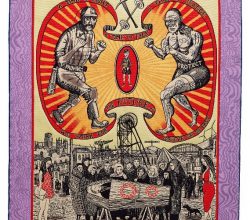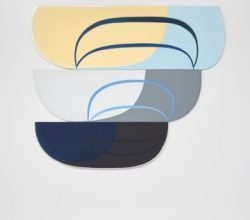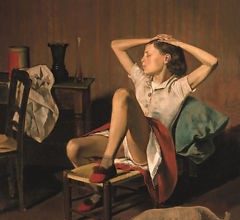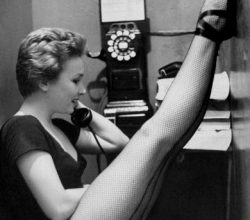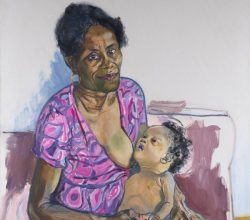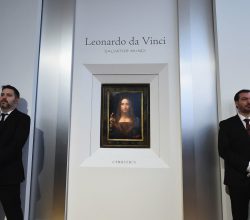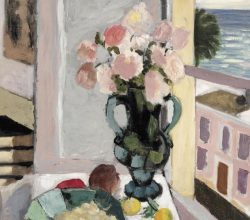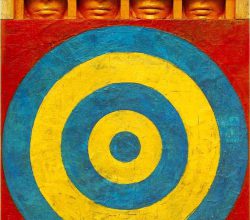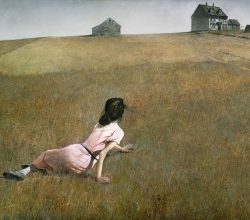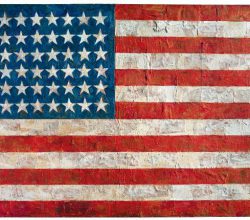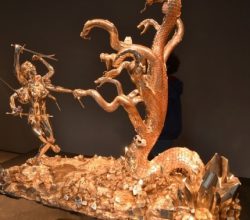
A Disastrous Damien Hirst Show in Venice
Andrew Russeth | ARTnews | 5th August 2017
As the hubbub about the Venice Biennale dies down a critic revisits the Damien Hirst show. “[U]ndoubtedly one of the worst exhibitions of contemporary art staged in the past decade … ultimately snooze-inducing”. Hirst is presumably unfazed by this. “[T]he collector class really, really loves it” and, for many works, have snapped up “the “coral” edition, the “treasure” edition, and the “copy edition.” [Editor: in December it was reported that Hirst sold over $330m of his works from this Venice show]

